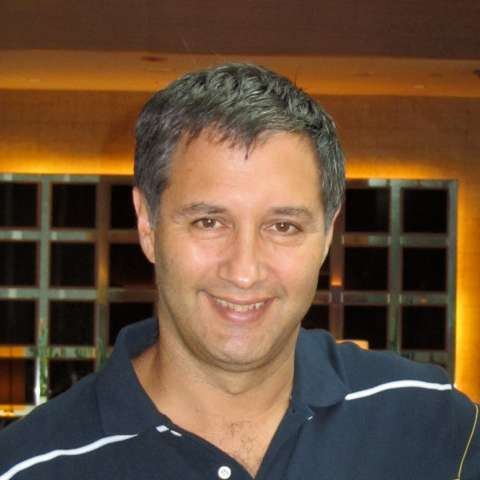Our May Day week-end was spent in Sussex at the wedding anniversary party of some friends who are very much into the folk music scene. The dance band for the occasion was an all-female group by the name of JigJaw, who were great and had fifty or so people dancing away happily to their stuff. All ordinary enough, until you realise one thing: JigJaw don't play any instruments: their music is 100% a cappella voice. And although there was a P A system, there weren't any beat-box style microphone tricks either. The sense of rhythm and percussiveness that JigJaw created was very impressive: if you have been brought up with the idea that dance music starts with thumping bass and percussion (or even a heavily accented basso continuo), it was quite an eye opener.
There was quite a lot of folk music of various sorts being played on the week-end, mainly Breton and Scandinavian, with the room littered with fiddles, hurdy gurdies, pipes and squeeze boxes of various sorts. As we listened to Radio 3's early music show on the way home, and being a bit sensitised to the whole thing by our trip to the Monteverdi Vespers earlier in the week, it made me realise the deep extent to which classical styles have their roots in European folk music. You could listen to a piece of Corelli court music and understand that it was essentially the same music as the folk dances of its time, just played by crême-de-la-crême musicians who had a lot of tricks up their sleeves and could use them to do a great deal more with the base material.
When astronomers look at faraway stars, they are looking back in time: the further away the star, the longer the light takes to reach us, so what one sees through the telescope is a picture from a long time ago. Listening to good folk music today has the same effect: you're hearing today's classical music, just a lot further back in its development.
3rd May 2010


